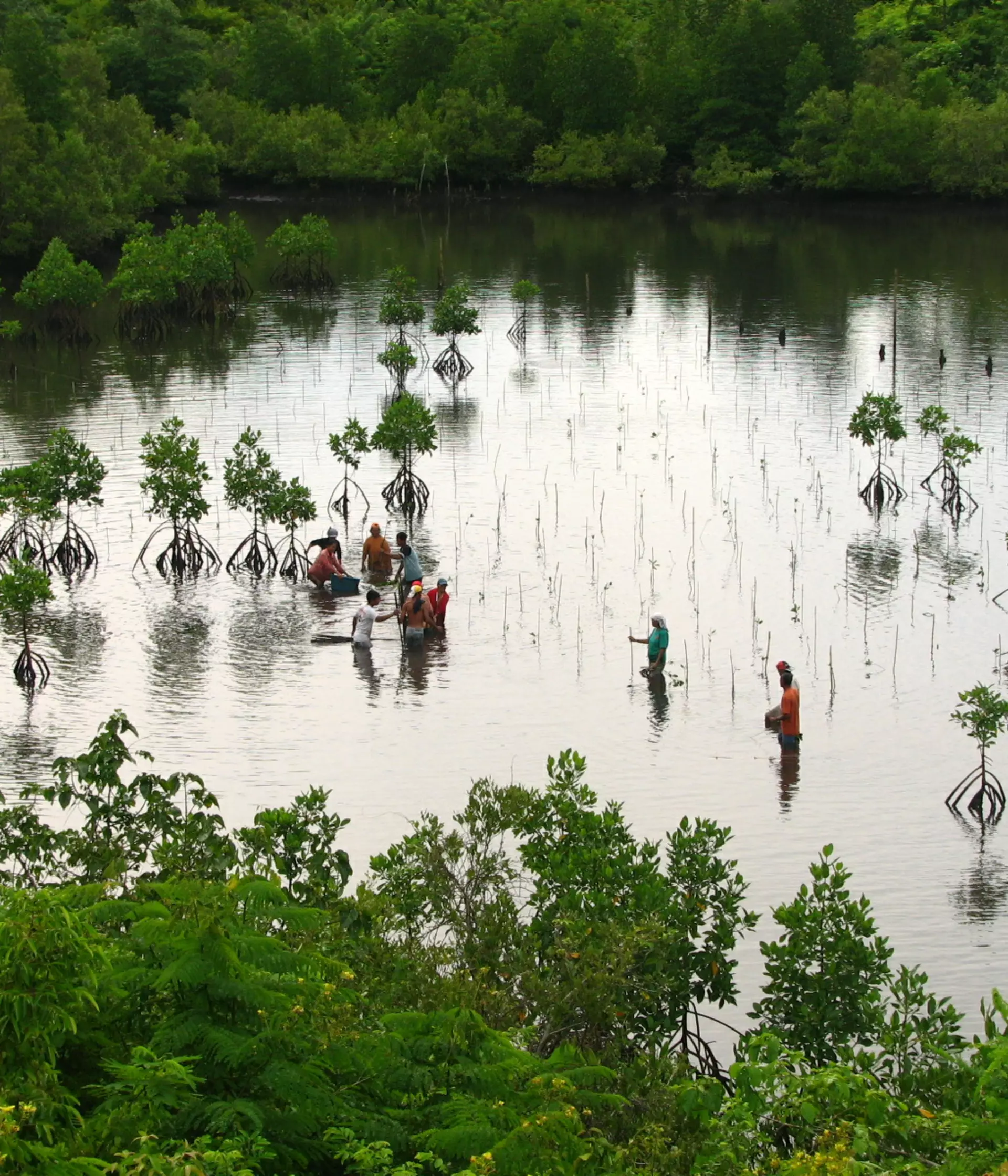Prof Nathalie Pettorelli
Professor, IOZ
Nature-based Solutions are increasingly being discussed in policy as a way to address the breaking down of our climate. Together with radical measures to decarbonise energy systems, nature-based solutions could be a game changer to jointly address the climate change and biodiveristy crisies.
Nature-based solutions are defined as actions to protect, sustainably manage, and restore natural or modified ecosystems, that address societal challenges while simultaneously providing human well-being and biodiversity benefits. Well-implemented and sustainably scaled, these solutions are a low risk, low cost, low maintenance answer to the existential threats we face. Deployed in the wrong place and in the wrong way, they become a menace to biodiversity, local communities and human rights.
For COP 26, ZSL has teamed up with Ocean & Climate Platform as well as Comite 21 to discuss how nature-based solutions can deliver an integrated approach to tackle the climate and biodiversity crises. This official UNFCCC side event, which will happen on the 4th of November 3.00-4.15 PM, will convene marine, terrestrial and urban experts from multiple sectors to explore the benefits, risks and challenges associated with nature-based solutions.
The event was introduced by Stéphane Crouzat, the Climate ambassador for France. Speakers include Dr. Nathalie Pettorelli, a ZSL senior scientist; Dr. Jennifer Lenhart, WWF Cities Global lead; and Théophile Bongarts, Project Manager at Ocean and Climate Platform.
These talks were followed by a panel discussion involving Daniel Zarin, Executive Director, Forests & Climate Change, Wildlife Conservation Society (WCS); Dr. Joachim Claudet, Senior Scientist, National Center for Scientific Research (CNRS); Bettina Laville, President, Comité 21; and Richard Benwell, CEO, Wildlife and Countryside Link.
As the original science-led conservation organisation, our unique insight and evidence-based approach achieves positive change and powers sustainable, innovative solutions that work, for wildlife, people and the planet. Join us on our journey working to protect life everywhere.
